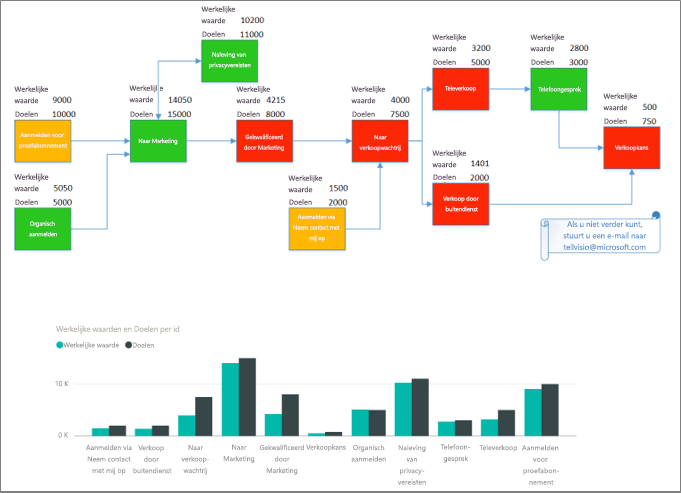As a business analyst and business intelligence (BI) specialist (check my LinkedIn profile), I am sometimes asked which of these two I actually am. In other words, make a choice! In my experience, these two domains reinforce each other, and as a professional who masters both domains, you offer added value in both individual domains. I would like to explain this.
Business intelligence (BI)
Business intelligence professionals unlock, report and analyze business data. In this way they provide insight into bottlenecks and possible areas for improvement. BI professionals can therefore answer questions about how something happened, how often it happened and where problems and bottlenecks lie. For this they use data generated in current, existing processes and situations. In brief; business intelligence professionals provide insight into the current (‘as is’) situation.
Business analysis
Business analysts are tasked with enabling change and improvement within an organization by defining needs and formulating solutions for stakeholders in, for example, defining strategy and program goals, developing business architecture and supporting continuous improvement. In brief; business analysts offer improvement in the form of a future (‘to be’) situation.
How business intelligence enhances business analysis
As a business analyst, you start by defining the business needs and scope and then develop these into use cases, user stories, processes and requirements, which must be tested after implementation. The input for this is often mostly qualitative, collected with the help of interviews, brainstorms or workshops with stakeholders or surveys among customers. However, qualitative often also means subjective. For example, bottlenecks indicated by stakeholders can have a smaller or, conversely, greater effect on processes and results than they say, expect or suspect.
Business intelligence provides the quantitative substantiation of these qualitative findings, for example by connecting values to steps in a process as in the image on top of this page (source: Microsoft). In addition, with the AI capabilities of BI tools such as Power BI, predictive analytics can also be done that help predict the effects of ‘to be’ situations and user stories, processes and requirements can be improved after implementation. tested on the basis of current data.
How business analytics strengthens business intelligence
As a business intelligence professional you are often briefed with sketches, mockups or prototypes of desired reports or dashboards that you are expected to almost reverse engineer into BI solutions. In order to efficiently and correctly offer the stakeholders within your organization the insights they want, it is almost necessary to define use cases and user stories, which in turn is the specialty of the business analyst.
An example: the use case “The Finance Manager checks the Days Sales Outstanding (DSO) report every week” and the associated user story “As a Finance Manager I want to know the DSO ratio per year, month, business unit, customer group and customer in order to gain insight in the cash flow of our company” give you all the input you need to access the necessary data, relate the facts and dimensions in your data model and prioritize your work. You retrieve this use case and user story from the relevant stakeholder (in this example the Finance Manager) using ‘elicitation’ techniques such as interviews and brainstorms, which are typical of the business analyst’s toolbox.
Business analysis and business intelligence; stronger together
Of course, as a business analyst you can call in a business intelligence specialist, and vice versa. But it makes you a stronger business analyst if you can use BI and a better BI specialist if you can use your business analysis skills. In both scenarios you combine the best of both worlds to further increase your added value for the organization you work for.
Do you want to exchange thoughts about this? Then please contact me.

